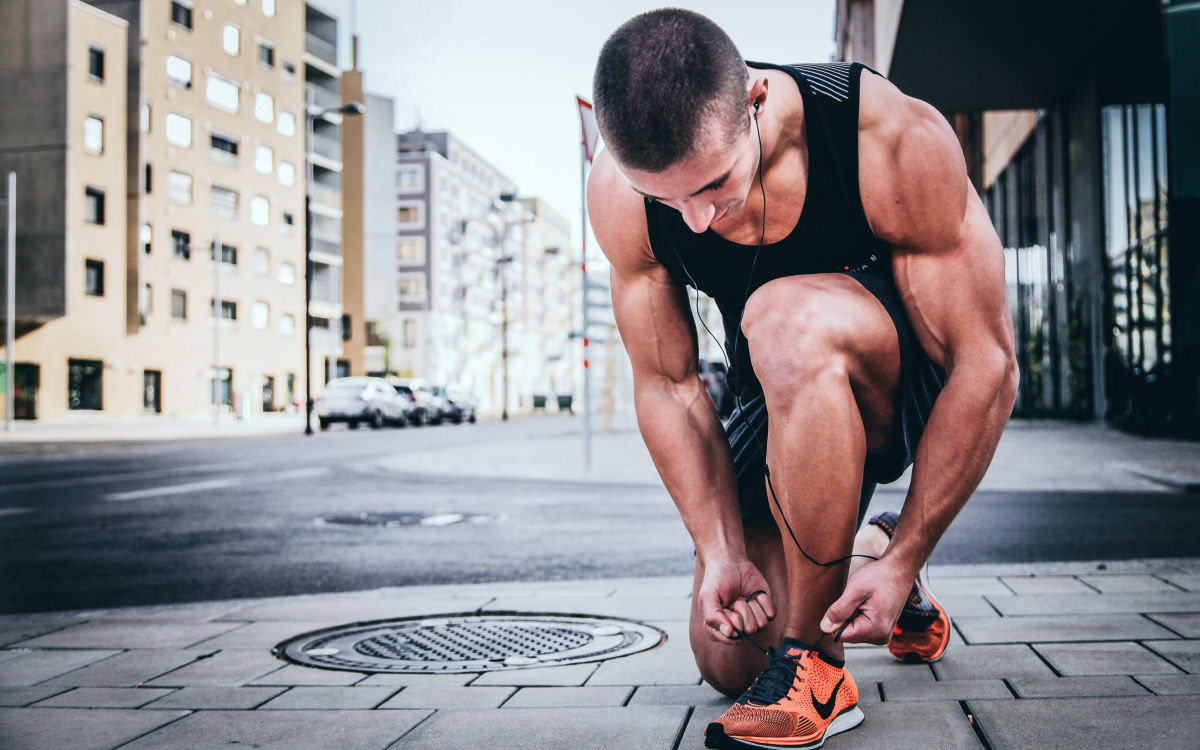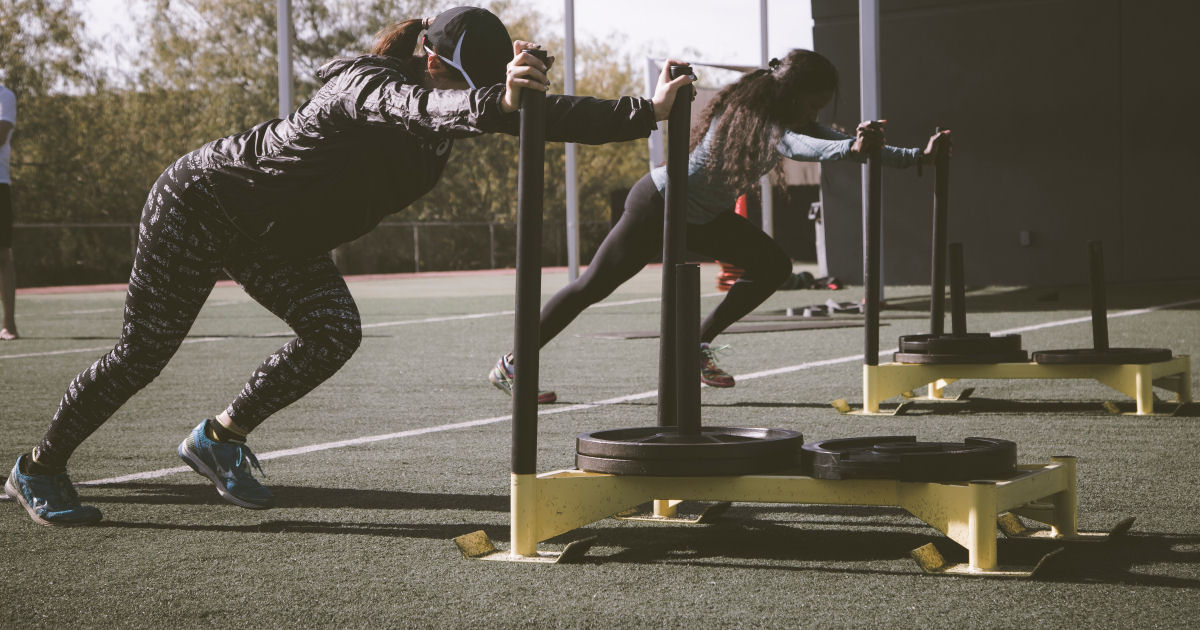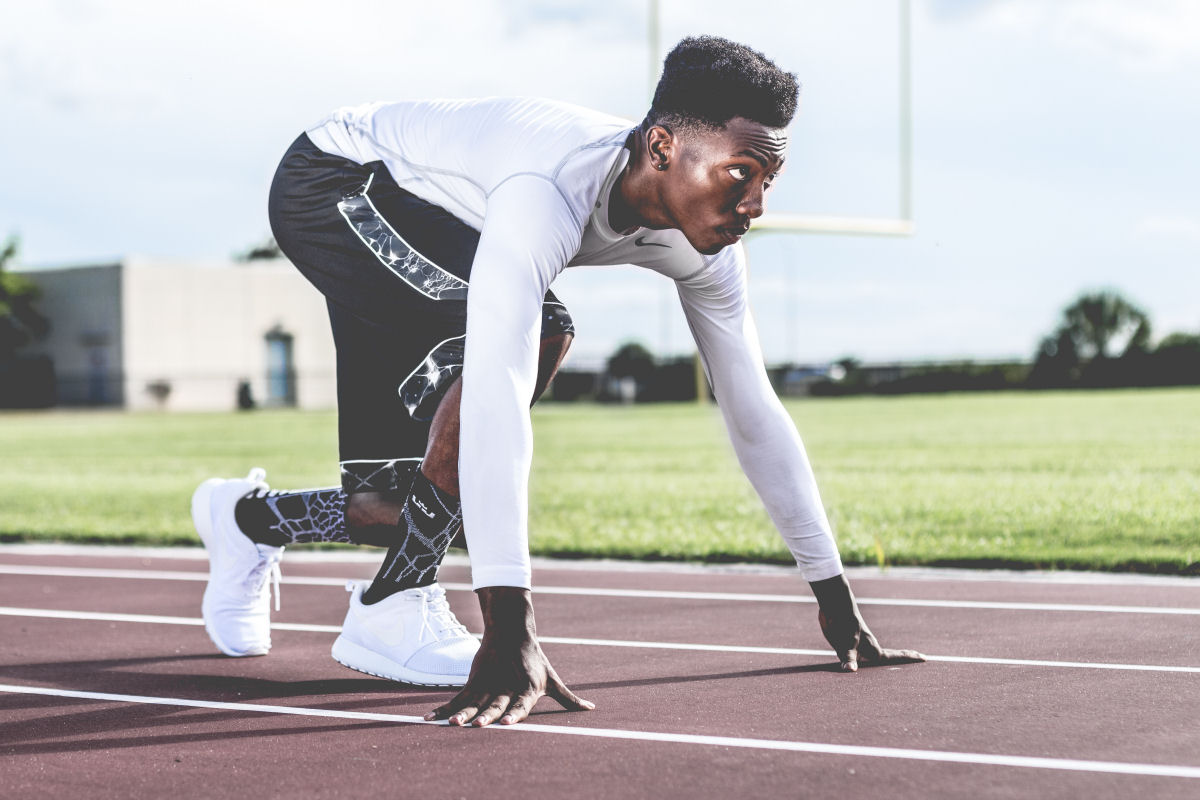How to Use HIIT to Run Faster in a Marathon?
When it comes to long distances, we plan to train as we would during a race. While the breathing, mindset and fatigue all seem under control, we always wonder if we could run faster. Is it by training longer distances or increasing the pace each time we schedule a run?
To run faster, we could benefit from spending more time in the gym weight area. We heard right! HIIT and weights increase speed over time, and that is what we need to include in our training as of today.

How does it all work?
First, we need to understand how muscle fibers work. There are two main types of muscle fibers responsible for running:
- Slow-twitch muscle fibers are the ones we use for long distance running. They do not require much energy and are less prone to exhaust us mid-run.
- The body uses fast-twitch fibers when sprinting, jumping, and for explosive movements. Unlike slow-twitch fibers, they can only be used during a short period of time.
Why train differently?

As runners who are looking to maintain good form and constant energy supply during a long run, we must think of training as a method to achieve those goals. While we may not sprint during a marathon, we need the anaerobic component to supply our stride with more speed and power. The quicker the foot takes off from the ground, the less energy is lost.
Training all types of muscle fibers

When we start feeling fatigue that is when slow-twitch muscles reach whichever threshold they can sustain during a race. We begin to rely on intermediate fibers which are very similar to fast-twitch and require more glycogen. If we have never trained them before, as a result we tend to fatigue more quickly.
Importance of Posture
Another important factor when thinking of including strength training into our training is to maintain a sustainable posture while running and especially when reaching the last miles. We need the core, arms and back to alleviate the impact on the lower body.
HIIT to help you run faster for marathons or long distance runs

Training close to the final distance we will be running each week is necessary practice. We learn to build efficiency in our slow-twitch muscles. This type of training is called aerobic capacity. The American College of Sports Medicine (ACSM) defines aerobic exercise as any activity that uses large muscle groups, can be maintained continuously, and is rhythmic in nature.
To increase our pace on a long distance run, we need to focus on each stride we take, as more fluid and efficient. To achieve this goal, we need to work toward more explosive muscles. We can do so by doing sprints, plyometric work and heavy lifting during which fast-twitch muscles are solicited.
Circuit training is a great example of training which triggers fast-twitch muscle fibres but also increases heart rate to maintain longevity in the run.
Examples of HIIT training for long distance runs

Combining sprints, jumps, and lifts during one same workout two times a week can help improve that previously mentioned aspect of the run.
Take one of each type of exercises below and combine them into an EMOM or TABATA (two examples to follow)
- Sprints: shuttle runs, pure sprints, prowler push (light)
- Jumps: box jumps, broad jumps, high jumps, jump/lunge squats, burpees
- Strength: goblet squats, deadlifts, loaded lunges, seated Z presses, back/front squats
EMOM 15min
- 100m sprint
- 7 Broad jumps
- 10 Goblet squats at medium weight
Each exercise is meant to be done within the minute, use the rest of the minute to rest. Repeat this entire set 5 times at high intensity.
Do it on Exercise Timer: http://app.exercisetimer.net/eHAa7VpN9O
TABATA (4 minutes total: 20sec on, 10 sec rest. Repeat 8 times)
- Shuttle runs
- Jump squats
- Seated Z presses holds
Do it on Exercise Timer: http://app.exercisetimer.net/MO7KJPCN9O
One Reply to “How to Use HIIT to Run Faster in a Marathon?”